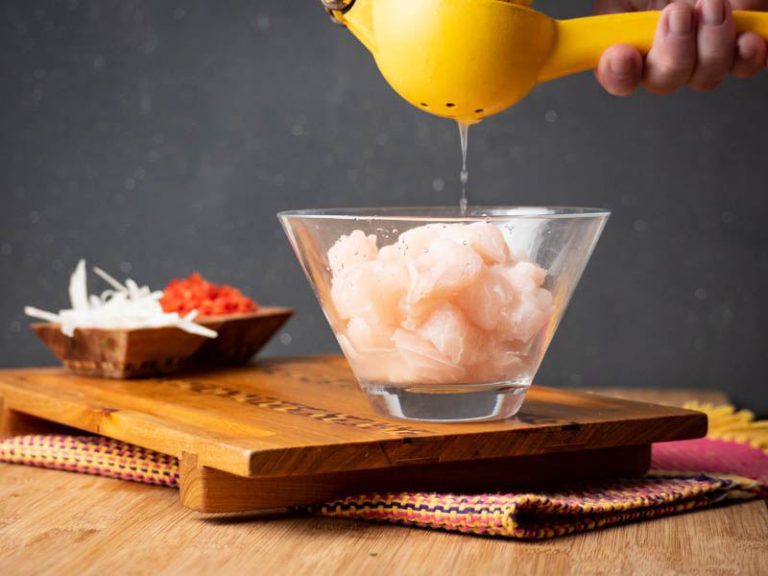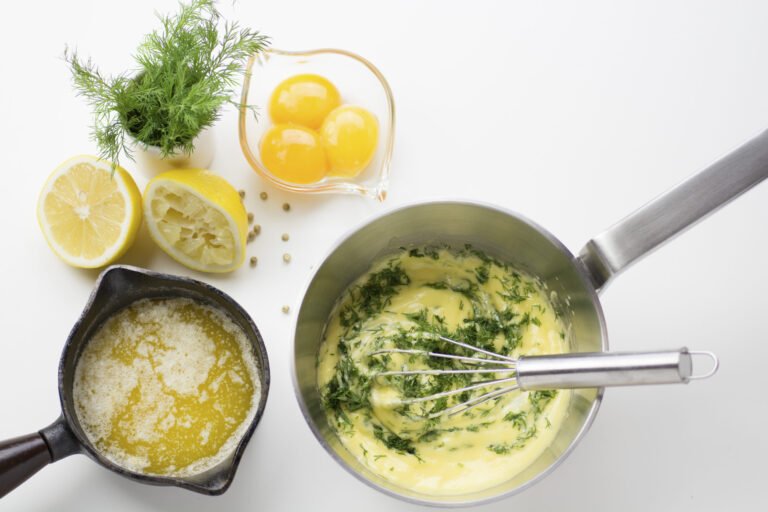Basic Knife Skills and Cutting Techniques
Basic Knife Skills in Culinary In basic knife skills and cutting techniques, it is necessary to choose knives according to the appropriate job, the sharpness and maintenance of the knives, to cut each vegetable and food in equal lengths (without cutting it yourself) by cutting the foods in equal lengths like professional chefs, to keep…
Basic Knife Skills in Culinary
In basic knife skills and cutting techniques, it is necessary to choose knives according to the appropriate job, the sharpness and maintenance of the knives, to cut each vegetable and food in equal lengths (without cutting it yourself) by cutting the foods in equal lengths like professional chefs, to keep and use your knife safely, to use the products quickly and equally. You can learn cutting in this section.
The first rule is to use the right blade for the right job and your blade should always be sharp. Most injuries occur with blunt and blunt blades. You will have 100% safe basic blade usage without injuring yourself by choosing the right blade for the right job and the right way to hold it.

How to Hold a Knife?
The thumb and index finger of your right or left hand grasp the top of the blade, but it is important that your supporting fingers are outside the sharp part of the blade and grasp softly. The control of the blade should be soft on your wrist, and you should use the weight of the blade without spending your own power in the cutting process.

Bear Claw Grip
The ideal position of the helping hand is called the bear claw; the fingertips are bent inward and the side surface of the blade is attached to the fingers of this hand. It may sound strange, but resting the knife against the other hand is the safest way to hold it. If you hold your knife this way, you can cut whatever you want, even with your eyes closed, of course, it will take some time, but once you learn it, it will be an automatic situation, trust us.

Tips for Correct Grip
In general, the best way to hold a knife is in the way you feel safest. Let’s talk about the rules about this issue.
- The handle of the knife should not be grasped too hard: try to relax the hands and wrists and let the weight of the blade do its job. Do not use too much force.
- Position all 10 fingers outside the sharp surface of the blade. When cutting this way, it is impossible for the blade to hurt you.
- Your hand holding the knife should hold the blade in the middle of the handle and the blade so that it fully grasps the handle.
- While moving the knife up and down the cutting board like scissors without removing the tip from the wood at the same time
Try to make a cut by moving it slightly forward and backward. - The blade is always the same height (not higher than the inverted knuckle of your other hand), so you can cut using the body weight of the entire blade rather than the power of your hand.

Choosing the Right Blade for the Right Job
Chef knives can be very diverse and come in different sizes and sizes, while the basic ones are paring knives, fillet knives (flexible), bread knives and chef knives. Apart from these, Japanese santaku blades and rows are also used to chop and cut vegetables on large surfaces.
Chef knives can be used as general use in many cutting and chopping jobs. Flap knives are ideal for stripping, deboning, fish skin separation and filleting processes thanks to its flexible structure. The serrated structure of the bread knife allows you to cut hard-shelled foods without difficulty and without crushing. Peeling blades, on the other hand, provide control thanks to their small structure and help you to cut with the least amount of loss.

Cutting Shapes
The basic cutting shapes names originate from French Cuisine and take their names from here. Batonnet (Batonet), Julienne (Julien), Fine Julienne, Medium Dice (Medium Cube), Small Dice (Small Cube), Brunoise (Burnuaz) and Big Dice (Big Cube). In addition to these cuts, it is called chopping the vegetables such as Chiffonade (Chiffonade), Onion and Parsley by making rolls of vegetable leaves.
Knife Care and Storage
How often do you sharpen your blade? We hear you say not very often. There is a lot to consider when cooking at home, but knives are often not at the top of this list. Keeping knives sharp saves time and keeps you safe in every way: sharp blades will cut, but blunt blades will slip and cause possible injuries.
- Do not allow a blade to become dull in order to maintain it. Sharpen your blade in the first place, then you can easily deburr it every few weeks with a diamond tool and grind it with a diamond-tipped sharpener or stone.
- Use a cutting surface that will not dull your blades. We do not prefer glass cutting boards. Wood is soft, but thick plastic boards are best. Put a kitchen towel under the cutting boards so that it stands firmly on the worktop.
- Keeping your knives away from each other ensures that their sharp edges do not cross each other. If you are going to store them in a drawer, magnetic hangers that provide a guard or wall mount are best.
- Do not machine the knives, wash them with hot water and detergent after each cut and dry them with a towel. It will not damage the wood of your knives and also prevent the corrosion of high carbon steel blades and other sensitive materials and metal fatigue. You should always hand wash your knives.






